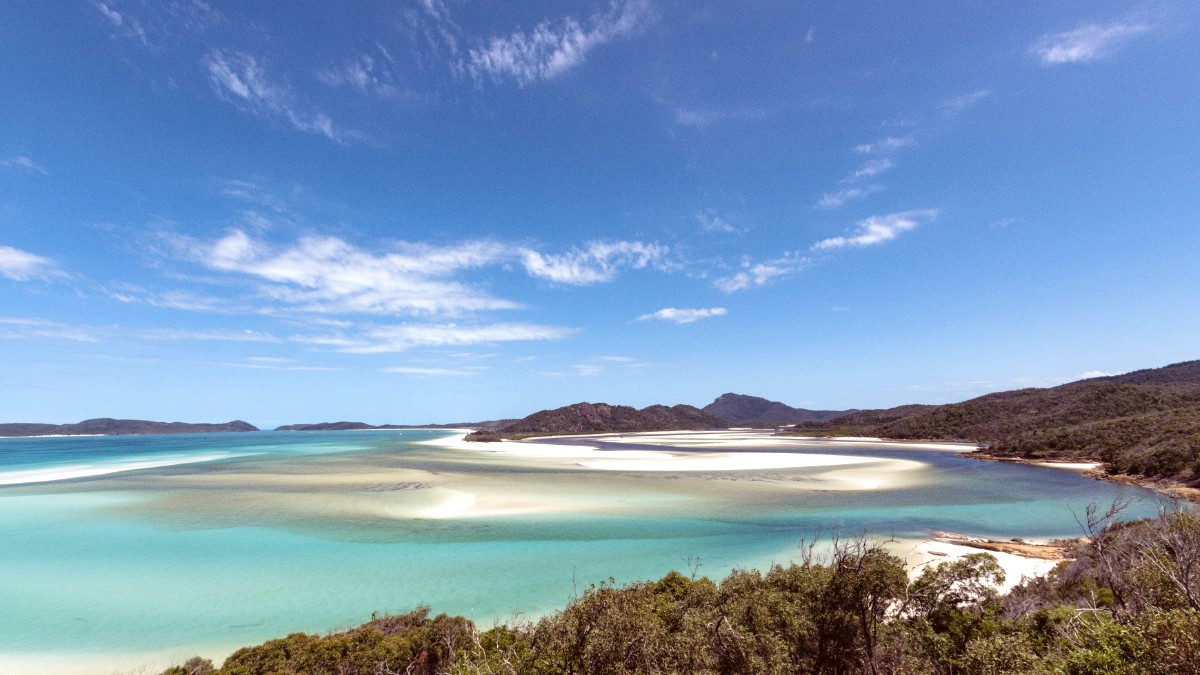
Queensland, Australia
This season offers warm, sunny days and comfortable, cooler evenings. Lightweight, breathable clothing works well. Materials like cotton, linen, and moisture-wicking synthetics help manage heat.
Expect hot, humid days with frequent, often heavy, rainfall. Focus on very lightweight, quick-drying clothing. Swimwear, shorts, and t-shirts are your mainstays.
Comfortable sandals or flip-flops are essential for daily wear.
Closed-toe walking shoes or light athletic shoes for trails.
Water shoes or sturdy sandals for rocky beaches or shallow reefs.
Carry both original and backup copies of your important travel documents.
Australia uses 230V with a frequency of 50Hz. Check your devices for compatibility (most modern electronics are dual voltage, 100-240V). You need an adapter for Type I plugs.
Most modern smartphones work with Australian networks. Consider a local pre-paid SIM card for calls and data. Telstra typically provides the best coverage in regional areas.
A waterproof action camera (GoPro) captures underwater moments. An underwater camera for marine life is a good addition.
Strict in Australia, especially in National Parks and near airports. Check Civil Aviation Safety Authority (CASA) regulations; permits often needed.
Use cloud storage services (Google Drive, Dropbox, iCloud) for photos and important documents. Safeguards memories and data.
Start with a standard first aid kit (bandages, antiseptic wipes, pain relievers, blister treatment). Add specific items for the tropical environment.
Carry all prescription medications in original, labeled containers. A doctor's letter explains your condition. For common issues, pack over-the-counter medications.
Tour operators typically supply gear, but bringing your own ensures a comfortable fit and hygiene.
Comfortable clothing and items to protect your electronics from water.
Prepare for trails with appropriate footwear and hydration.
These items enhance your comfort during travel and help keep your belongings secure.
Consider items tailored for the Whitsundays environment and to support sustainable travel.
Reduces single-use plastic with takeaway food.
For coffee or other beverages, cutting down on disposable cups.
Refillable, cuts plastic waste as tap water is potable.
Shampoo/conditioner bars for less plastic and spills.
Pack light. The Whitsundays is a relaxed destination, and you appreciate not carrying heavy luggage around.
Consider rolling your clothes tightly to maximize space and reduce wrinkles. Use packing cubes for organization.